Car colors have historically been dictated by current events, the national mood, technology and cultural influences, resulting in decades of brilliant shades. More recent times, however, have seen muted tones become the most popular car colors.
A look back in history shows us how we got to the common car colors we have today.
The History of Car Paint Begins
Any customer can have a car painted any color that he wants, so long as it is black.
Henry Ford
Automobiles in the late 1800s and early 1900s were essentially motorized carriages, and so they were painted just like their transportation predecessors. This meant using oil-based paint applied by hand. Most cars were painted black because the color was durable, cheap and dried quickly.
But there were problems with both the color and the application of early car paint. Even though it provided a luxurious, brilliant finish, painting a car took weeks to complete. In addition, the black paint would often fade or yellow. Since the paint had no binding agent, when discoloration occurred, the car had to be repainted, which cost money.
Despite Henry Ford’s famous words, not all Model Ts were painted black. In fact, from 1908 to 1914, the car came in several different colors. But when Ford implemented the assembly line manufacturing process, he needed a paint that dried quickly, thus the switch to black.

Duco Paint
A major milestone in the evolution of car paint history occurred in the 1920s when the DuPont company developed a new type of automotive coating. DuPont scientists modified nitrocellulose, a substance used to make explosives and motion picture film, to create a low-viscosity lacquer that could be sprayed onto automobiles. This new paint, dubbed Duco, had numerous benefits over previous versions of car paint.
According to the Science History Institute, “Traditional varnishes chipped, cracked, crazed and faded; Duco lacquer was almost invincible. It tolerated air, sun, rain, mud, dampness, heat, cold, salt water, bacteria, perspiration, dirt, soaps and detergents. Most low-end finishes came in few colors, while Duco made available a rainbow of hues.”
General Motors was the first manufacturer to adopt Duco (at the time, GM and DuPont were under the same leadership). GM’s Oakland Motor Car Company painted its cars with two different shades of blue and a red or orange racing stripe, and debuted them at the 1923 New York Auto Show. The colors were an immediate hit with the public and by the mid-1920s all GM divisions were using Duco.
Car Color in the Roaring ’20s
The economic boom of the 1920s saw the rise of automobile ownership, which invited a broader spectrum of car colors and a variety in shades. Although the Great Depression reduced the abundance of colorful vehicles, it didn’t deter the evolution of car paint.
In the 1930s, newly created metallic paint gave vehicles an improved sheen. (Automobiles were also becoming less box-like, and the new paint helped enhance the curved forms.) Metallic paint was first made using real fish scales. It took 40,000 herring to make one kilo of paint, according to Consumer Reports. Less expensive versions of the paint used aluminum flakes instead.
Post-War Car Paint
The end of World War II saw a boom in consumption and style, with automobiles at the forefront. By this time nearly all the large automakers had color advisory panels that surveyed consumers’ tastes and studied color trends in fashion and culture. Cars became flashier with features like tail fins, curved windshields and, of course, bright colors. In addition to the copious amounts of chrome, automobiles were painted in all shades of the rainbow. Two-tone arrangements, where a car’s body and roof were painted different colors, also became popular.
The color trend continued well into the 1960s with the emergence of muscle cars. These cars have always been more about performance than pragmatism, lending themselves as better canvases for brightly colored paints.
The color trend came to a quick halt during the fuel shortage of the 1970s. During this time, car owners became more concerned with fuel efficiency and car color took a back seat. Earth tones like brown, tan and dark green became popular.
What Is the Most Popular Car Color Today?
The current color situation on United States’ roadways is not very colorful at all. “If you drove down an American street and looked only at the new vehicles, you might be forgiven for thinking you’re in a black-and-white movie,” described Volkswagen.
No one can argue with the truth. A recent study on popular car colors by iSeeCars found that 25.8% of the 6.1 millions vehicles analyzed were white and 22.3% were black. Even more sobering if you’re a fan of colorful hues is that the next two most popular paint colors, at 18.4% and 12.1%, were gray and silver. This isn’t an anomaly: These have been the most common car colors for a decade.
Why Are Muted Tones the Most Popular Car Colors?
It wasn’t too long ago, from the 1950s through the 1970s, when U.S. roadways were filled with automobiles of all shades of the color spectrum. So why the change? “Color is always shifting, and our color perception is always evolving depending on what we see, what we observe and what we live with,” said Volkswagen Senior Color and Trim Designer Jung Lim “Limmy” Park. “Color preferences really reflect the unique social and cultural trends and even geography [of a region].”
There are a number of social and cultural theories as to the prevalence of more somber car colors in America. We are currently living through the second significant recession in about a decade. During times of economic uncertainty people tend to be conservative with their money. And while a different color on your car may not increase its cost, the mindset of keeping things simple and avoiding anything flashy has been known to carry over. A similar trend occurred following the Great Depression nearly a century ago.
As for cultural influences, there are some that suggest our car color choices are defined by our obsession with technology. Apple is the world’s most valuable company and its muted-color logo is recognized around the world. “Prior to Apple, white was associated with things like refrigerators or the tiles in your bathroom,” Sandy McGill, chief designer for BMW DesignWorks told Motoramic.com. “Apple made white valuable.”
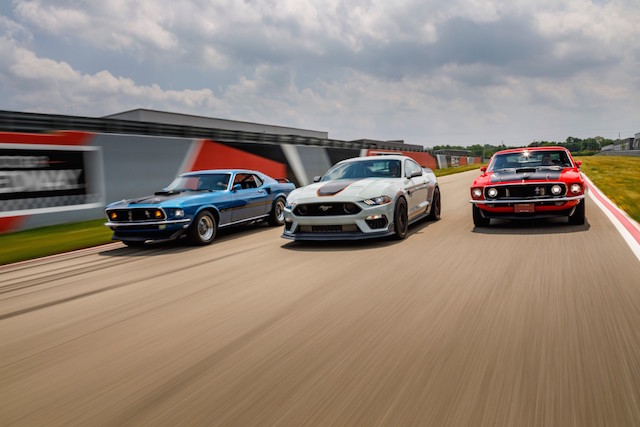
The Right Car Color for the Right Car
There’s also always been a belief that certain colors are right for certain cars. Pickup trucks are more utilitarian and don’t need a neon coating. Luxury sports car, meanwhile, are made to get people’s attention and are likely a more acceptable place for a bright-yellow coat of paint.
But sports cars haven’t been immune to the colorless trend. The Ford Mustang is a perfect example. In 1967, the muscle car was available nine shades of blue and two shades of pink. In the 1970s, brown was consistently among the top three most popular Mustang colors, but hasn’t been offered since 2000. Black, on the other hand, didn’t break into the top three until 1994 but has remained there ever since.
What Will Be the Most Popular Car Colors Moving Forward?
No one can predict the future, but we do know that trends change. As long as the demand for new colors is there, the supply will come with it.
There’s another reason to be hopeful for more vivid roadways. We view so much of our lives through the sharp, brightly colored images on our electric devices that it wouldn’t be surprising to see other shades pop up on cars in the near future. “We are all so impacted by our digital life through the pandemic, and the colors you mainly see are [on] your screen more than actual physical objects,” said Volkswagen’s Park. “The future is getting colorful, for sure.”
What color is your car? What colors would you like to see brought back? Let us know in the comments below.
If you want to try cars in all the colors of the rainbow, you can use your AAA membership to get a discount on Hertz car rentals.
Get more automotive history.
252 Thoughts on “Why Are Popular Car Colors So Boring? A Brief History of Car Paint”
Leave A Comment
Comments are subject to moderation and may or may not be published at the editor’s discretion. Only comments that are relevant to the article and add value to the Your AAA community will be considered. Comments may be edited for clarity and length.




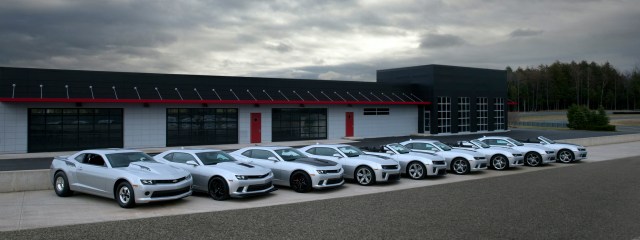

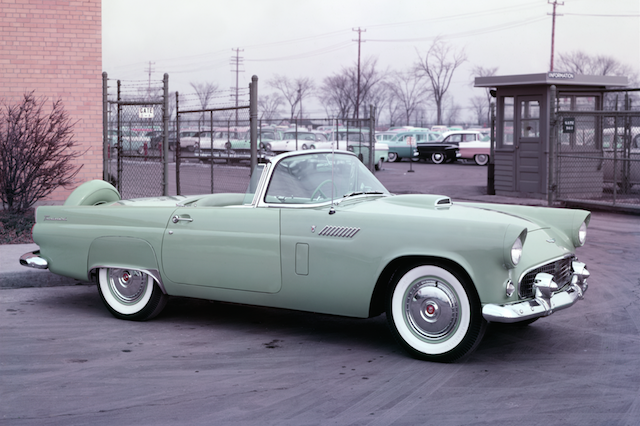
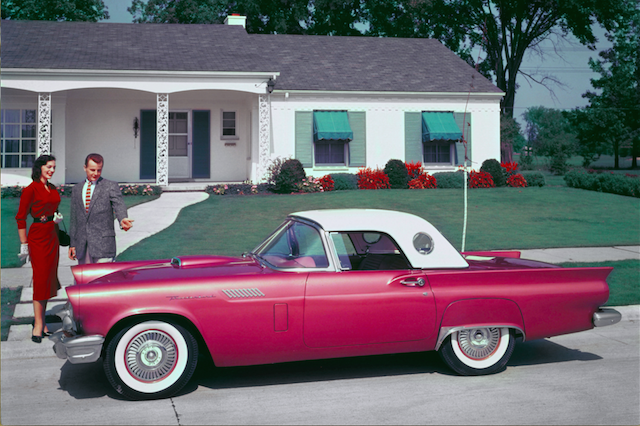
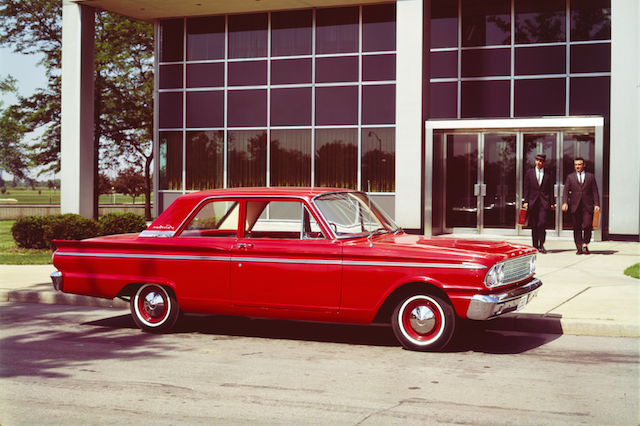
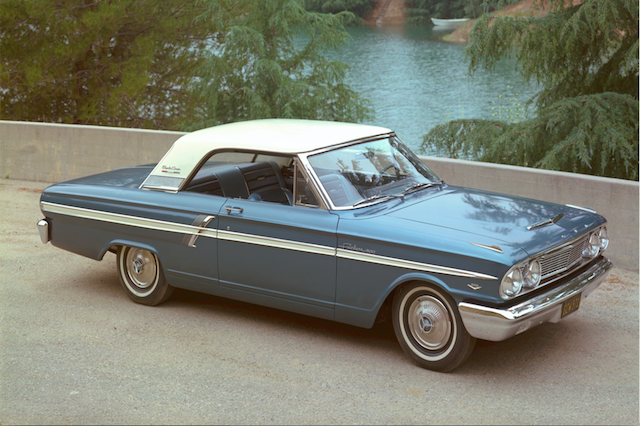
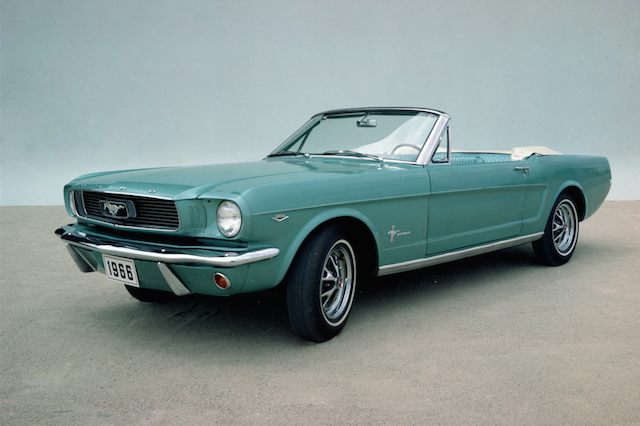
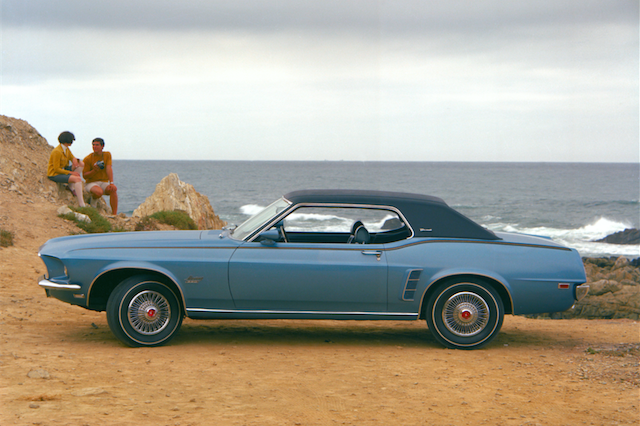









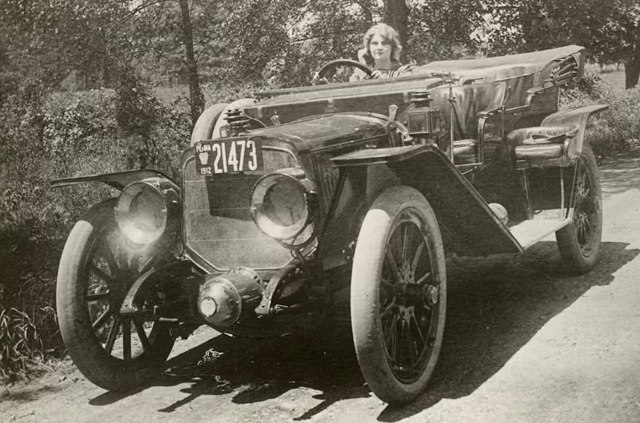

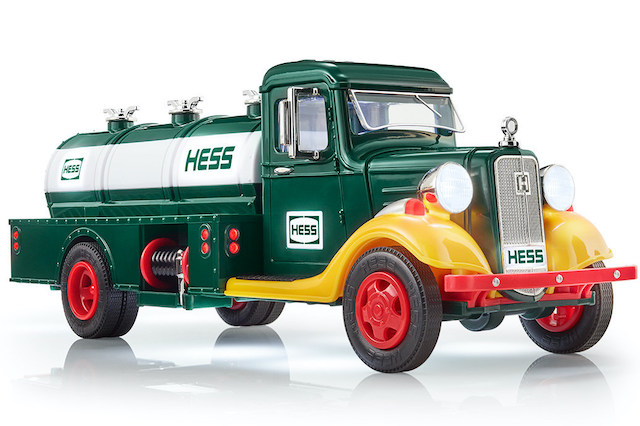

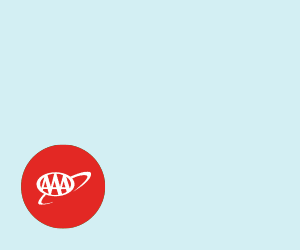
I have a 2000 Jaguar in sea foam green. It’s one of the prettiest cars on the road.
I had a 1966 Chevelle 396 in Marina Blue, I believe the first year that color was introduced. It was a metallic medium blue with a red/white pinstripe along its length that took on different shades of blue depending on how the light hit it. Many onlookers told me it was drop-dead gorgeous. And it was!
Love my Viking Blue 1971 Cutlass Supreme with white racing stripes. It is actually a 442 color, but the Cutlass Blue was too muted for me.
My 2020 Nissan Rogue is scarlet. To make life simple I named her Scarlett Rogue! My Rogue before Scarlett was brilliant blue
My first car was a gold Dodge Aries. After that, it’s been Toyota all the way.
A cherry red Camry, a dark green Camry, a blue RAV4, a grayish brown 2018 Corolla (the color was called Falcon Gray), and now a 2021 dark blue (Blueprint) Corolla with a two-tone light gray and black interior. I LOVE my new Corolla! I picked all of the cars except I settled for the 2018 because I didn’t want a BWG car. I didn’t like the color and the black interior so it was easy to say bye at lease end. I’m loving the 2021 Corolla so much that I may buy it at lease end.
PAY ATTENTION, CAR MANUFACTURERS! See how many owners are opting to keep their vehicles because you don’t offer them an exciting or even favorite color option. NO ONE’s favorite color is black, white or grey!
I’m liking Subaru’s MA State Police blue, finally a shade that’s not neon or navy, just a nice sedate hue. Show me a brand with 10 shades ranging from blue through teal to green and I’m interested.
I’m with you and all the other folks who like non-standard colors – give me shades and tints any day – with light interiors.
I love the color of my 2014 VW Passat. It is VWOpera Red, a deep maroonish red. Not very ordinary!
I wish manufacturers would bring back the bench seat.
Any shade of purple would be nice and fun.
I looked over a website listing all the colors offered by Saab… (R.I.P.)
Over the years, they had 211 (!) different colors on the various models they built and sold. Yeah, not all at the same time, but they were not just offering black/white/gray/brown…
I drive a white Prius C because it was a good deal on Craigslist. I don’t particularly like having a white car -it looks horribly dirty during the winter months, which are a long time here in New England. I’ve always wanted a red car, but I tend to choose my cars pragmatically for price and efficiency, so there isn’t often a lot of choice for cosmetic details.
You also should make a point that some car manufacturers only make outside and inside color combinations. i.e. I wanted a royal blue outside, but it only had black interior. I was looking for royal blue with beige interior. It wasn’t manufactured that way.
I always had medium blue cars but when my 14 year old Hyndai met a deer, I had to buy
a car in one week. Got a Honda in “platinum” which actually looks gold. Elegant but
I miss blue. There were none available .
I’m surprised the article didn’t mention the growing popularity of matte paints on cars. Personally, I think they are gross. Give me a deep red metallic any day. However, my current car is gray, so I get the fact that there really aren’t a lot of options out there. I don’t think we are heading into a season of colorful cars anytime soon.
My current car is white because the only choices I had were white, gray and black. Gray cars disappear into the road. I do not like black so the brightest I could get was white (not good for coming out of drives with snow banks). I despise these lack-less colors. I had a beautiful cream car with dark green vinyl top; a dark blue car and a red car. Love red but wouldn’t get it again as it followed insurance wisdom and attracted 3 accidents. I like green cars also. A rainbow of colors on the road is far better than an endless stream of gray, black and white. I thought the paint was cheaper and that was why the car companies did this. So boring!!!!
I have an Octane Red Charger RT…love it!
My 2007 Highlander – Oasis Green Pearl (love the vehicle, love the color)
Husband’s car – Silver
Old Tundra – Silver
My first Saturn (’95) – Brilliant Red Metallic (loved that little car; put 215K mi on it, then sold it during the “Cash for Clunkers” program)
One of the main reasons I selected my 2017 Audi A4 was because of the color: Gotland green. I have received numerous compliments regarding this color. It is truly an amazing!
Nowhere in this interesting article is mention of the Saturn. Saturn was met by a challenge after the invention of its dent-and-ding-resistant polymer panels. Their plastic was tough and hard to break, and “gave” when hit; however, conventional paints are not flexible and will, when depressed, “spider-web.” After much effort was spent, and to no avail, the problem of elastic paint was solved by BASF, which developed a water-borne acrylic paint as flexible as the bendable panels on which they were electrostatically applied.
Car costs have really soared, so to protect ones investment and to keep resale value high by reaching broadest resale consumer the boring colors like black will have broader mass appeal. Also attitudes about color have shifted particularly with men. Bright colors of 60s and 70s clothes are non existent, and not oddly not considered anymore.
Dealers simply do not stock brightly colored cars, or at least cars where a cool paint color comes in a package with other things you may not want and adds $2000+ to the cost of the car. When I bought my Kia Soul, the choices were – yawn – black, white, silver & red. I’m not fond of their red, but it was the only interesting color since their Caribbean Blue cars were only listed as an option, and not available unless I wanted to wait weeks. I think if more colors are available and do not cost more, they’d be more popular.